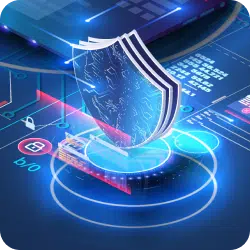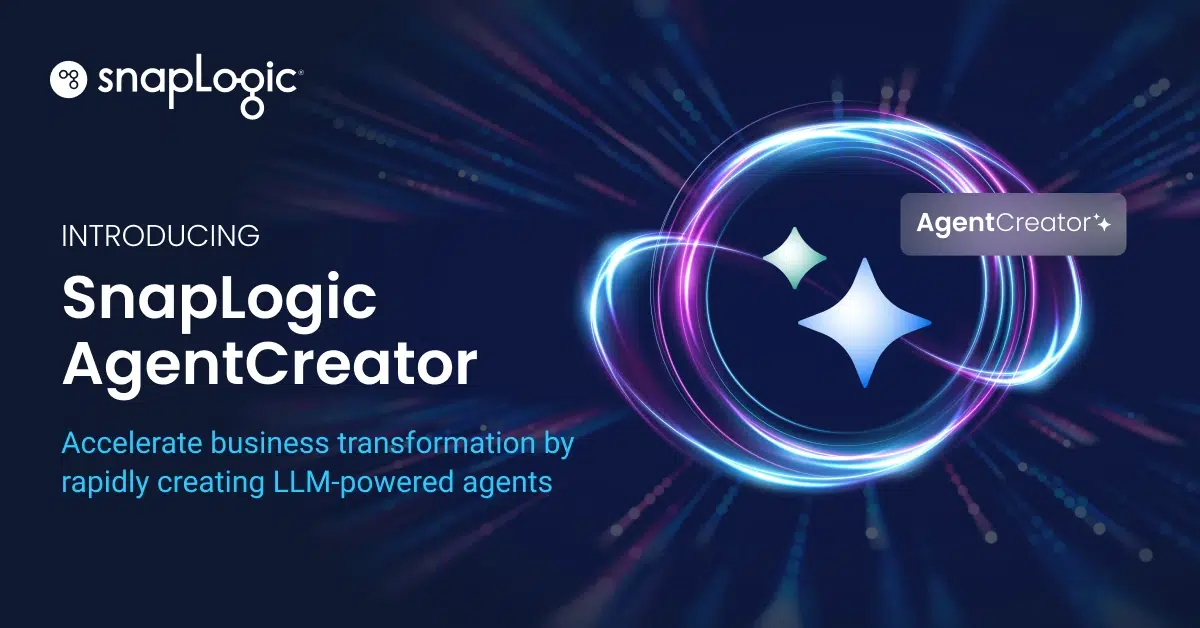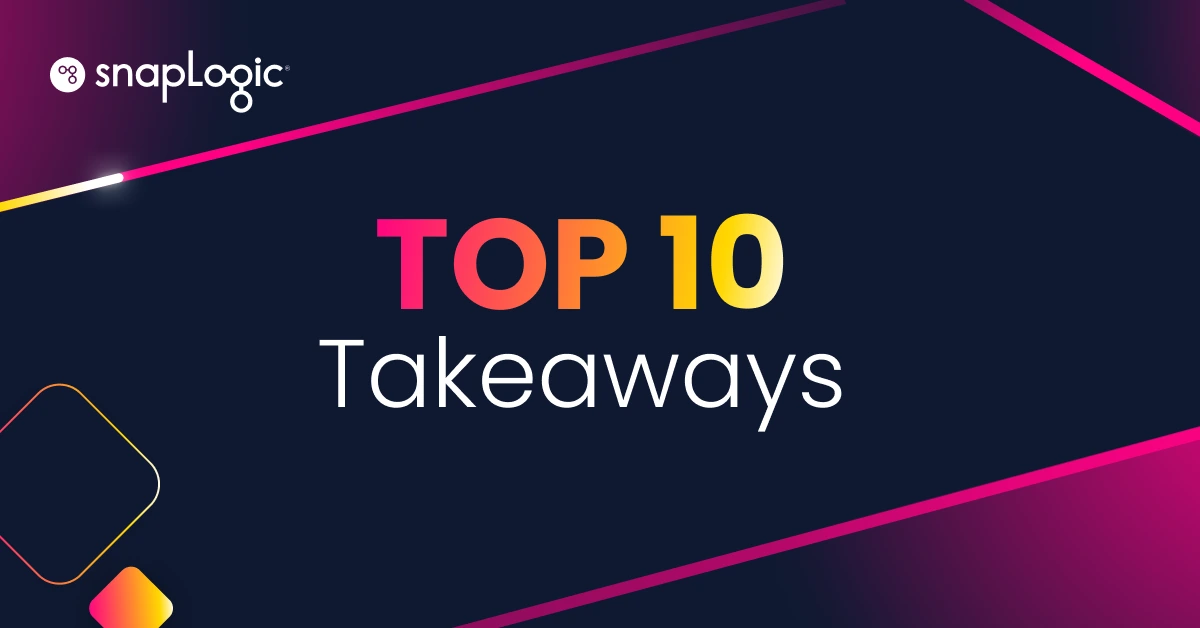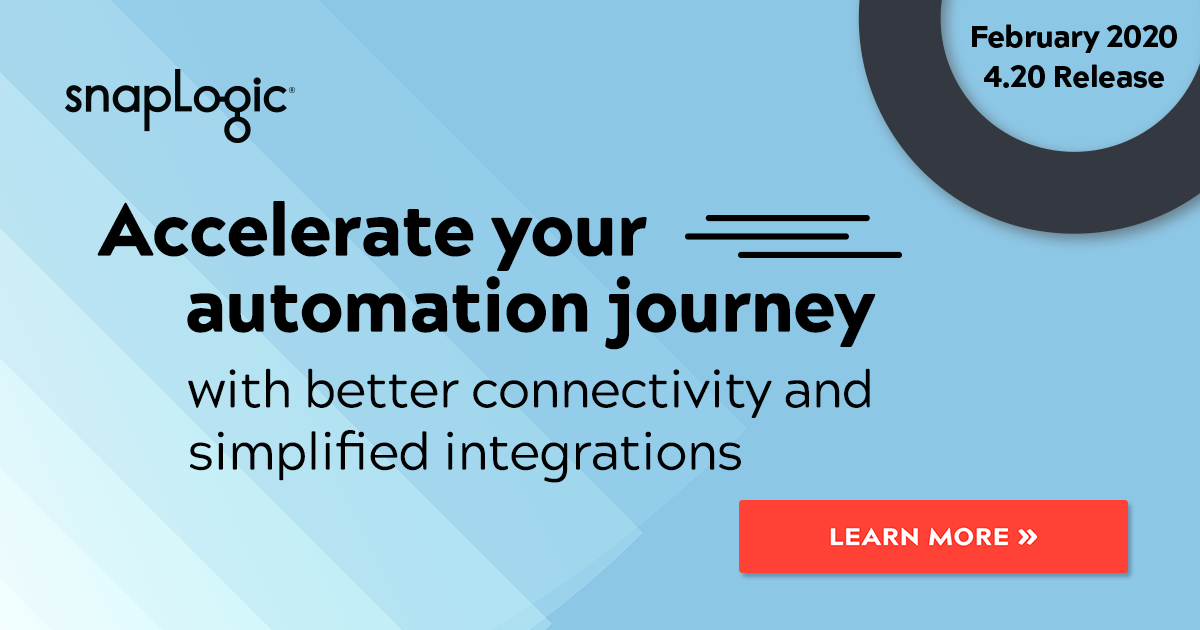Previously published on hrzone.com.
HR professionals are responsible for ensuring that the employee experience is seamless, delivering fast, fluid, and connected journeys that help to drive revenue. The quicker and more efficient the process from recruitment to onboarding, the faster the new hire can get on with doing what they were hired to do, and drive business impact. HR processes are the lifeblood of organizations, supporting not only employees but encouraging them, in turn, to deliver a better customer experience.
Only when businesses automate the recruitment and onboarding experience can they truly deliver on this business imperative and support their organizations’ push for digital transformation with speed and scale.
HR can take the lead in demonstrating how automation can deliver improved business outcomes through attracting, developing, and retaining the best talent. While many organizations have piloted automation in many different lines of business, for HR, employee recruitment and onboarding is the place to start.
The problem
Unfortunately, the reality often doesn’t match up to the vision of a connected enterprise, with employees feeling the impact in their daily activities. Cumbersome applications, impersonal auto-responses, and scheduling hassles for interviews are just a few of the hurdles that new hires have to navigate when joining an organization. Sharing personal information time and again ends up being a repetitive, time-consuming task.
When a recruit starts their onboarding journey, offers need to be signed and background checks must be run. Next, prospective employees need to be added to the HCM system and then finance must add them to payroll, IT needs to provide a laptop or other equipment, training needs to be scheduled, and so on.
Across all of these different departments, multiple systems and processes are used and this can cause unintended mistakes, lack of coordination, disjointed communication, and far too often a less than smooth entry for the new hire into an organization. A bad onboarding experience delays the time it takes an employee to get up to speed and feel confident in their ability to contribute meaningfully to a company.
Firstly, businesses need to review all touchpoints that a new employee interacts with to eliminate friction where possible. Again, this involves multiple systems and managers; for example, you might use Jobvite for recruiting, ADP for payroll, Workday for benefits, ServiceNow for laptop provisioning, and Okta for access rights.
Whilst each system is essential, they also increase the likelihood of manual errors if not integrated. Identifying problem areas and potential points of improvement and where automation can help to simplify and accelerate critical processes is the first step towards a better onboarding experience.
The solution
Machine learning and AI are the powerhouse enablers of automation, allowing businesses to work faster and smarter than humans can do alone. It doesn’t replace human agents, but instead enhances people’s ability by working faster and with fewer errors in a predictable workflow.
Although each organization approaches HR differently, with varying applications and processes, new hires generally follow the same onboarding flow with common and repeatable paths, from one company to another – this makes the process ripe for automation.
Apps like ADP, Workday, ServiceNow, Okta, and others all need to be integrated to ensure that the process delivers a consistent, connected experience for the new employee. Repetitive, manual, admin-driven tasks such as data entry are eliminated, while applications can communicate with key data getting passed from one to another with subsequent actions automatically triggered. For example, data entered in Workday is automatically transferred to ADP, ServiceNow, and Okta, with programmed next steps and actions, without admins having to re-enter it or emails needed to be sent to different team members.
Orchestrated communications, auto-scheduling, and step-by-step guidance with the right information presented at the right time can help to guide new employees on their first few days at an organization. Business-critical information is stored in one place so that new hires can access any manuals, benefits information, and policies that they need.
Another benefit of these newly connected systems is that HR teams have a 360-degree view of where their employee is on the onboarding journey at all times, helping them to intervene and guide as needed.
Ultimately, human faults and crossed wires are greatly reduced and the new hire and hiring manager can rely on a smoother, faster, and stress-free onboarding. To do this well, though, you must automate the integration process.
IT’s role in automation
APIs and lengthy manual coding have long been the ‘go-to’ for IT departments looking to integrate applications for a line of business – integration projects, on average, can often take six months or longer. Manual integration processes struggle to keep pace with how quickly software gets updated and requires constant supervision and maintenance from IT.
It is no surprise, therefore, that the experience can quickly turn into a laborious and stressful project, taking up IT teams’ time as opposed to saving it. Manual integrations allow businesses to connect different systems but at a greater cost down the line as they struggle to keep pace with growing enterprises and changing software landscapes.
Automating integration allows organizations to stop the process of manual coding, and let intelligent software automate highly repetitive, admin-driven tasks while supporting teams to build fast, quality connectivity between systems. Advanced Integration Platform as a Service (iPaaS) solutions often include built-in AI technology which supports employees without a technical background to meaningfully contribute to integration projects – with this capability, HR has full power to automate their employee’s onboarding experience without the need to raise a ticket with IT.
These integrations update themselves automatically and require very little input or maintenance. It’s akin to hiring a web designer to create a custom website for you – coded line by line in comparison to using a templated web design platform that lets you easily pick and choose preconfigured modern elements without you having to know code. It’s quicker and more accessible, as well as having up-to-date and modern features.
Getting started
To start the automation process HR teams need to identify the processes that are causing the most problems. Then, kick-starting integration and automation can improve not only the employee onboarding process but also other journeys where HR works with other departments. Here are my suggested steps for businesses looking to adopt automation:
- Communication is key: ensure that your objectives and plans are known across the business – from here, you can kick-start a holistic automation process, ensuring that all lines of business and their processes can benefit.
- Know what you’re working with: ahead of adopting new technology, check which systems you have, and identify any gaps in your processes. In addition, review your team’s strengths or weaknesses – this will help to inform which technologies you need to support your day-to-day processes.
- Equip yourself with the right tools: review your existing technology stack and prioritize applications that best support how you work, whether that’s recruiting, benefits, payroll, etc. Without the right tools in place, as well as a powerful integration platform to connect them, dreams of automation can never become a reality.
- Integrate and automate: integrate your growing app and data landscape — from on-premises databases or ERP systems to new cloud applications to data warehouses and analytic tools — so you can ensure process flows are seamless, fast, and automated. Adopting a low-code, self-service integration platform means HR can do this themselves with little IT assistance.
- Review and improve: from here, it’s a matter of monitoring, measuring, and improving your data landscape and process automations. Make changes as you see fit, which support your changing HR demand. Cloud-based and AI-enabled platforms give you the ability to monitor, measure, and improve your automations in real-time ensuring nothing interrupts a productive, positive employee experience.
Automate integration to deliver a seamless onboarding experience
Empowering HR departments to take integration into their own hands enables them to deliver a better employee onboarding experience. A truly connected employee journey gives CHRO’s more time to focus on strategic business-critical work, saving both time and money, reducing errors and redundant work and helping to create a truly data-driven business. New hires will also recognize that the place they have chosen is the best place to work, encouraging them to ultimately deliver a better experience for customers.










